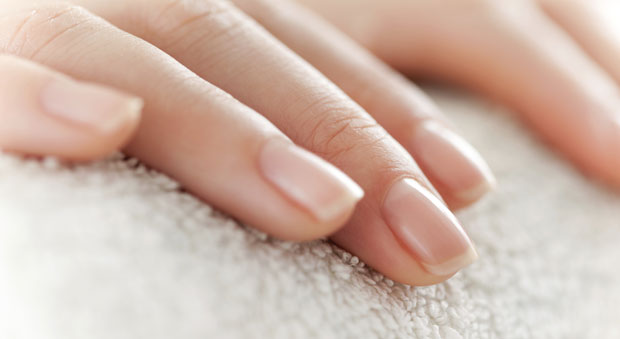Wouldnt life be more fun if you could change your hairstyle as often as you change your clothes? When you use clip in hair extensions, you can do just that! Thats why these clippable swatches and ponytails have become an indispensable accessory for sophisticated fashionistas.
A Brief History of Hair Extensions
Its very likely that one of the tools of seduction Cleopatra used on Mark Antony was a beautiful hairpiece because extensions first came into use among the ancient Egyptians as long ago as the fourth century BC. Verisimilitude was not the aim; though Egyptian extensions might be made of human hair, they were dyed shades of peacock blue, crimson red and shimmery gold.
The powdered wigs that were so popular among men and women alike throughout 17th and 18th century Europe may be thought of as a type of hair extension, and throughout the middle part of the 19th century, the Pre-Raphaelites fascination with womens hair sparked a great interest in augmenting skimpy locks with longer, thicker, more luxurious fake tresses. Around the turn of the 20th century, the Gibson Girl made the pompadour hairdo popular, which could only be achieved through the creative use of hair extensions with names like frizettes, plaits and switches.
Today, hair extensions play an important role in many fashion-forward womens beauty preparations. Extensions can be made of human hair or of synthetic materials, and they are manufactured in a wide assortment of colors and textures.
Clip-in Hair Extensions
Clip-in hair extensions are among the most popular faux hair accessories because they can be quickly and easily integrated into a persons existing hairstyle to add length or volume. Unlike other types of extensions, they wont cause any damage to your natural hair.
The different extension pieces are called wefts. You can either attach them at home if youre handy with a styling brush or bring them to a salon where a trained hairdresser will style and attach them for you.
Clip-in extensions can be made from synthetic polymer materials or from real human hair. Synthetic extensions wont blend into your natural hair as seamlessly as human hair will; they may burn if the temperature on your curling iron is set too high, and they can get terribly tangled.
The best human hair extensions are made of unprocessed Remy hair in which the hair cuticles are preserved intact. This means that all the individual hairs in the weft you purchased will run in the same direction for an effortlessly natural look.
Caring for Clip-On Extensions
With proper care, clip-on extensions may last anywhere between six months and a year. As you wear them, clip-on extensions will accumulate oil and residues just like your real hair does, and these must be removed by gentle shampooing. Before you shampoo your wefts, comb them out thoroughly to remove snags or tangles. Then, dampen them thoroughly with lukewarm water.
Chances are that your clip-on extensions have been dyed, so youll want to use a color-safe shampoo to wash them. Pour a small quantity of shampoo into your hand, and then work up a lather in the weft youre washing. Start at the very top of the extension, and work your way down to the ends of the hairs. Rinse the extension thoroughly using lukewarm water.
Clip-on extensions can be conditioned. Choose a conditioner thats specially formulated for color-treated hair, and dont leave the conditioner on any longer than five minutes before you rinse it.
You may observe a small amount of color bleeding when you wash your extensions. This is perfectly natural. If their color begins to fade so that its no longer as close a match to your own hair color as you might wish, do not attempt to dye your extensions on your own. Instead, bring your wefts to a hairstylist who has experience working with clip-on extensions.




